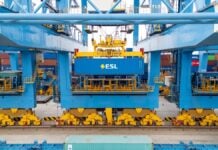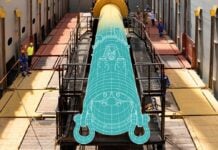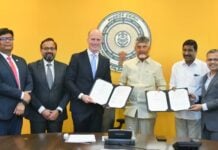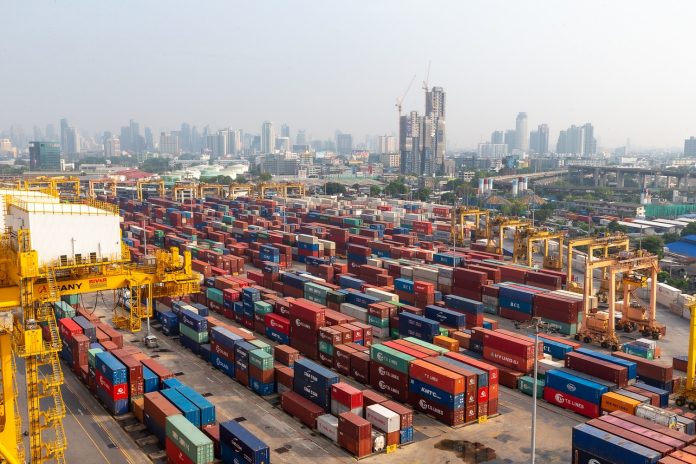
The Port Authority of Thailand (PAT) manages or operates five ports in the country. Its two largest ports are Bangkok Port, located on the Chao Praya River in the capital’s city center, and Laem Chabang Port, serving as the nation’s main “gateway” for international trade. Next is Ranong Port that faces west on the Andaman Sea, and finally Chiang Saen Commercial Port and Chiang Khong Port, both of which are in the North of the country on the Mekong River.
Each of the five ports has its unique characteristics and crucial infrastructure linking Thailand’s supply chain to the global economy.
Bangkok Port
Bangkok Port’s key advantage lies in its geographical position at the heart of the capital. The strategic location within easy reach of over 10 million customers makes it an ideal distribution platform, particularly for high-value consumer products. The port’s total area covers approximately 150 hectares with 3,100 meters of quay length and a depth of 8.2 meters.
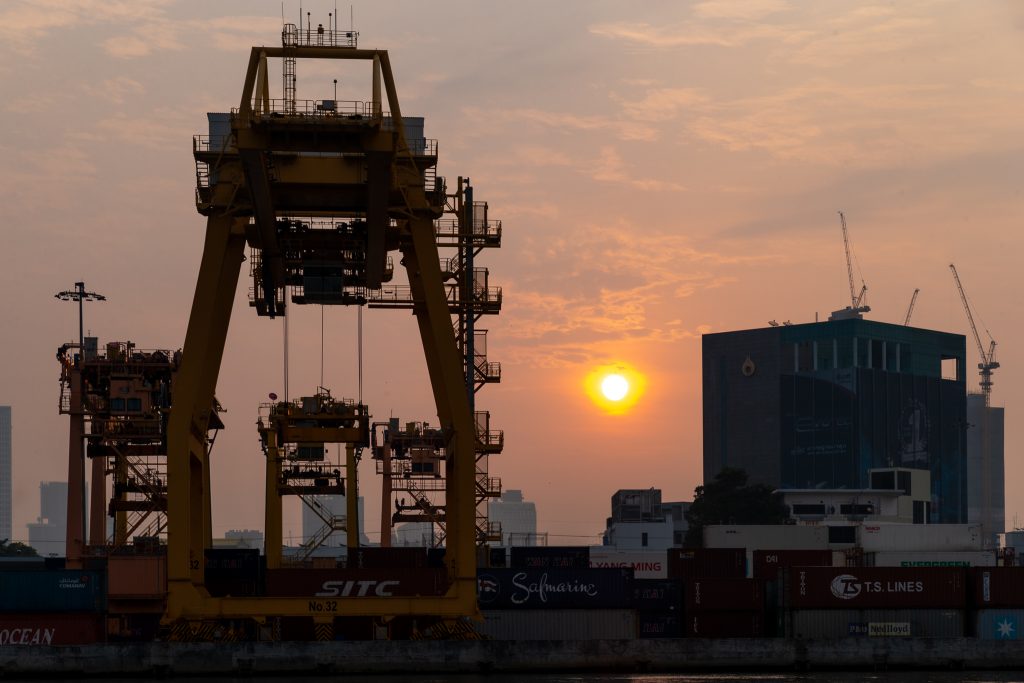
Bangkok Port can accommodate ocean-going vessels of up to 12,000 deadweight tons. Numerous direct containerships call each week, especially on Inter-Asian trade routes. Additionally, feeder ships moving containers for transshipment for long haul routes such as North America and Europe make regular stops.
Joined to Bangkok Port is an integrated transportation network of maritime transportation as barges, robust land connections including rail and road. Access is convenient to all regions of the country, including the deep-sea Port of Laem Chabang.
Other important assets of Bangkok Port include a 147,600-square-meter area set aside for inbound container storage, and empty container yards, 15 warehouses dedicated for inbound and 2 warehouses for outbound cargo. Also on the port’s premises are a bonded facility, a dangerous goods warehouse, and refrigerated container services.
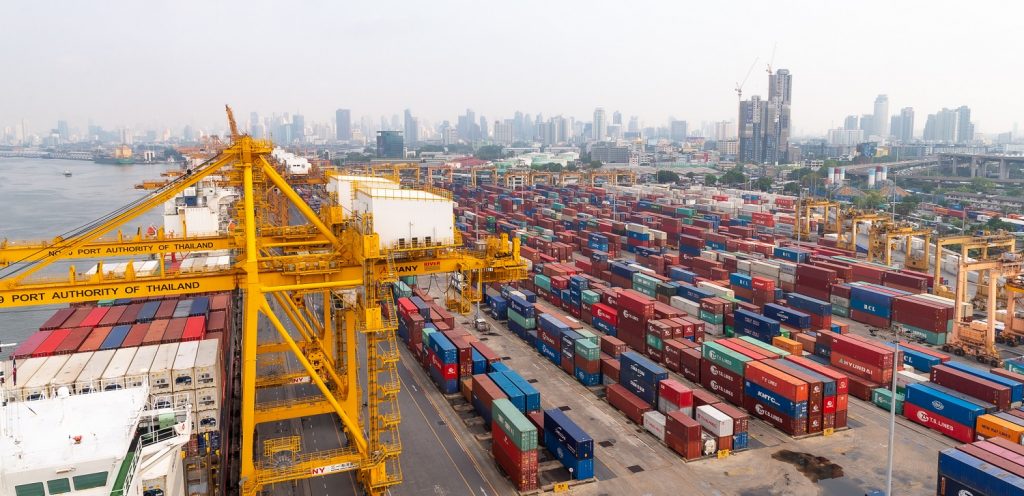
In addition to handling container ships, Bangkok Port accommodates conventional vessels hauling general and breakbulk cargo. There is also berth space allocated to serve domestic cargo on coastal vessels and, finally, a cruise terminal for passengers.
Laem Chabang Port
Consistently ranked in the top 20 overall global ports, Laem Chabang Port is Thailand’s main deep seaport. When excluding Chinese gateway ports or those with a large percentage of their overall volume coming from transshipment, Laem Chabang Port is third in the rankings for Origin-Destination or “Gateway” cargo, just behind the Ports of Los Angeles and Long Beach in the United States.
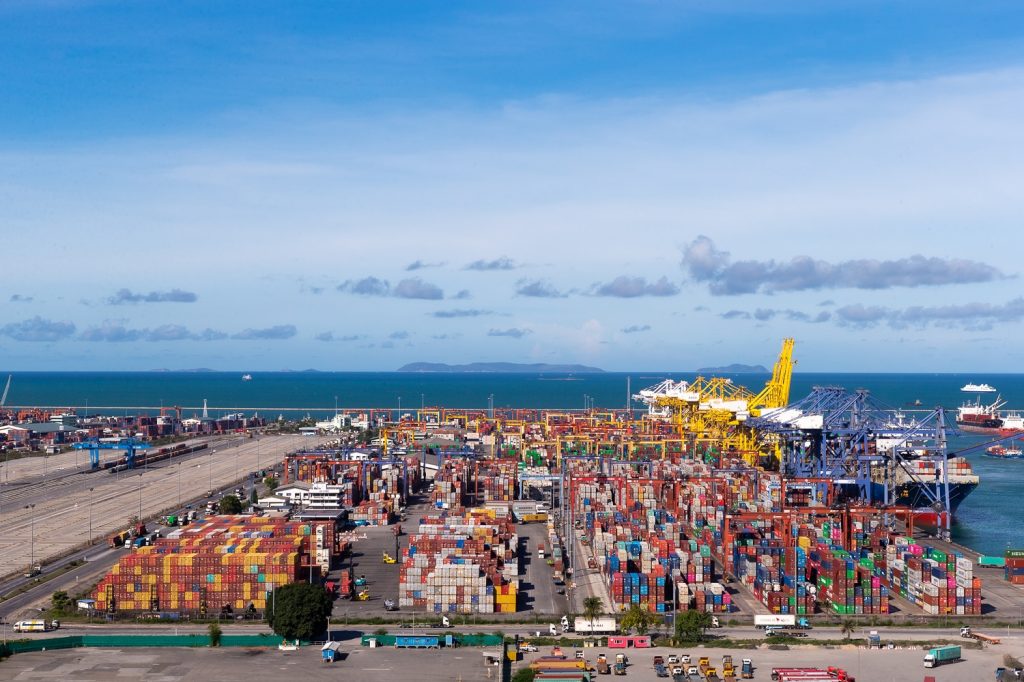
The port is located approximately 120 KM east of Bangkok, inside Thailand’s Eastern Economic Corridor (EEC) and prominent manufacturing zone. The Port Authority of Thailand manages Laem Chabang Port for long term concession holders. It is the home to several leading Global Port and Terminal Operators as well as domestic companies.
Laem Chabang Port sits on a total area of 10,150,000 square meters comprised of 11 container terminals, 4 multi-purpose terminals, a combination Ferry/Ro-Ro, a dedicated Ro-Ro, and general bulk terminals. There is also a coastal terminal and shipyard located inside the port.
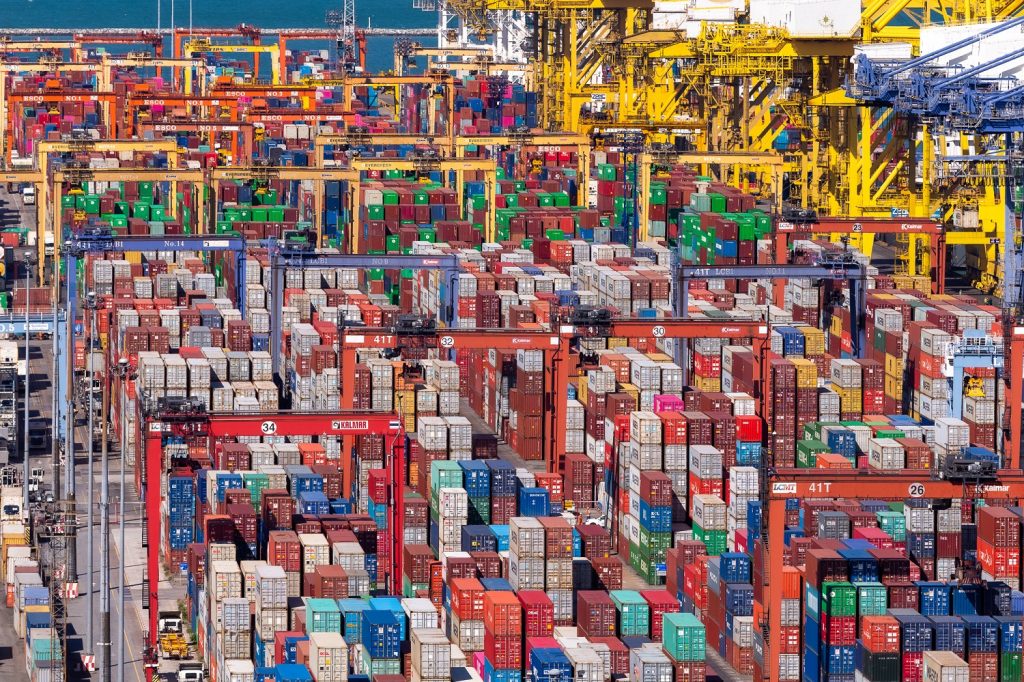
All sizes of containership, including the latest Ultra Large Container Vessels of nearly 400 meters in length, can call at the port. There is abundant land inside the port available for logistics-related activities and services. Like Bangkok Port, Laem Chabang Port has excellent and frequent multimodal connections to the national highway, rail, and barge waterways systems.
Chiang Sean Commercial Port
Chiang Saen Commercial Port is a trading gateway between Thailand and other countries in the Upper Mekong River Basin, comprising China, Myanmar, and Laos.
It supports the increasing cross-border trade of general cargo and fuel tanker vessels. The main export products are frozen meat, with an estimated volume of 40,000-50,000 tons and sugar, 30,000-40,000 tons annually. There is growing traffic of new vehicle exports handled at the port.

Chiang Saen Commercial Port has two 300-meter-long cargo loading ramps, a 200-meter-long slipway for loading and unloading large cargo and containers. 130-meter-long terminal for oil shipments
The Chiang Saen Commercial Port has a 15,600-square-meter container yard and parking for approximately 100 trucks. There is a 12,500-square-meter area dedicated to oil handling.
There are three storage facilities: a two-story 9,000-square-meter facility and two smaller 900-square-meter warehouses. Additionally, there are 70 electric plugs for refrigerated containers.
Chiang Khong Port
Located on the Mekong River, Chiang Khong Port supports cross-border trade specifically between Thailand and Laos. The port berth is 180-meters in length and 24 meters wide. It can accommodate 80-150 gross tonnage vessels and ferries.
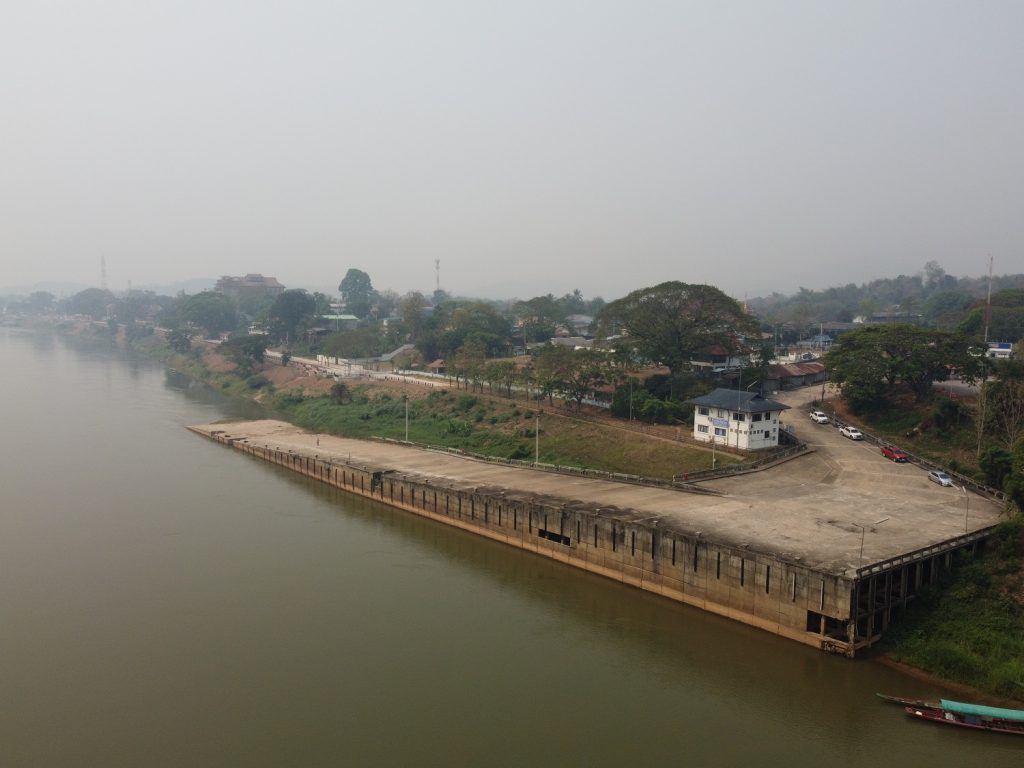
The port has 10 plugs for temperature-controlled containers and a parking lot for about 20-25 trucks. Chiang Khong Port has on-site customs clearance and immigration services and provides an exceptional logistics platform in the region.
Ranong Port
Ranong Port sits on the Andaman Sea with direct connection potential to BIMSTEC countries in South Asia, the Middle East, Europe, and Africa. The port’s international-standard services support all types of cargo, having both container and multi-purpose terminals available. The port also serves as a material support base for natural gas exploration and drilling projects in the Gulf of Martaban.
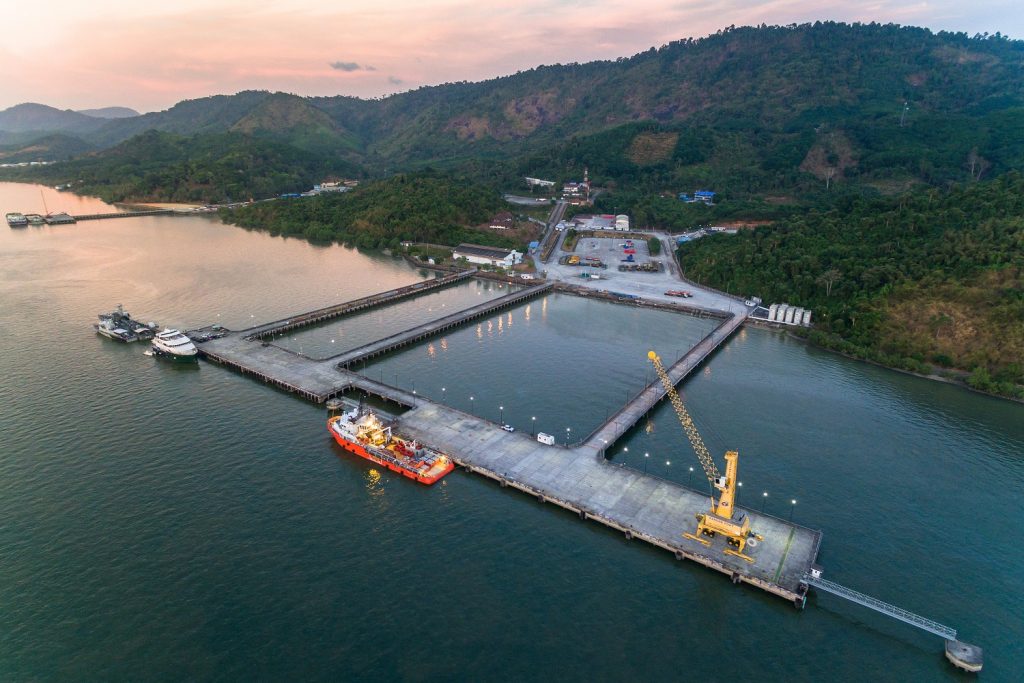
Ranong Port’s 150-meter-long and 30-meter-wide container terminal accommodates 12,000-DWT vessels with an 11,000-square-meter container yard. On-site is a 1,500 square meter warehouse and a 7,200-square-meter container yard.
Ranong Port plays a significant role in the region’s freight industry with a wide range of logistics infrastructure from warehousing, customs clearance, and immigration services to business or office space rentals.
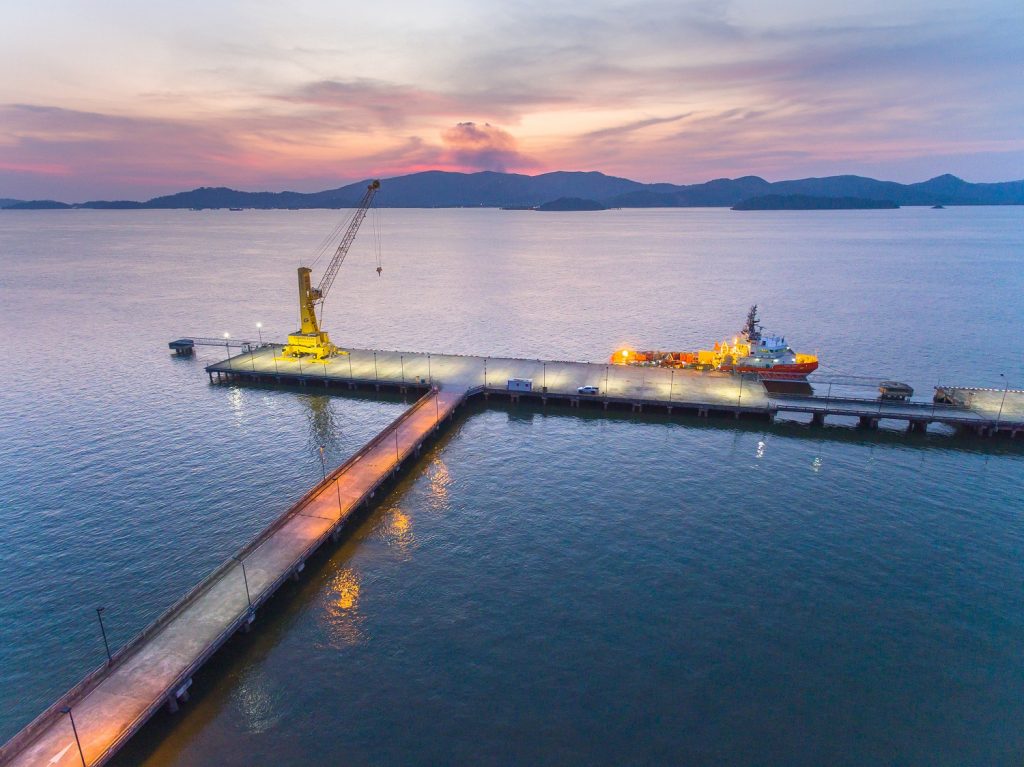
The Port Authority of Thailand commits to enhancing operational efficiency and strengthening its organization throughout, as it aims to offer unmatched logistics services and sustainably expand its organization.
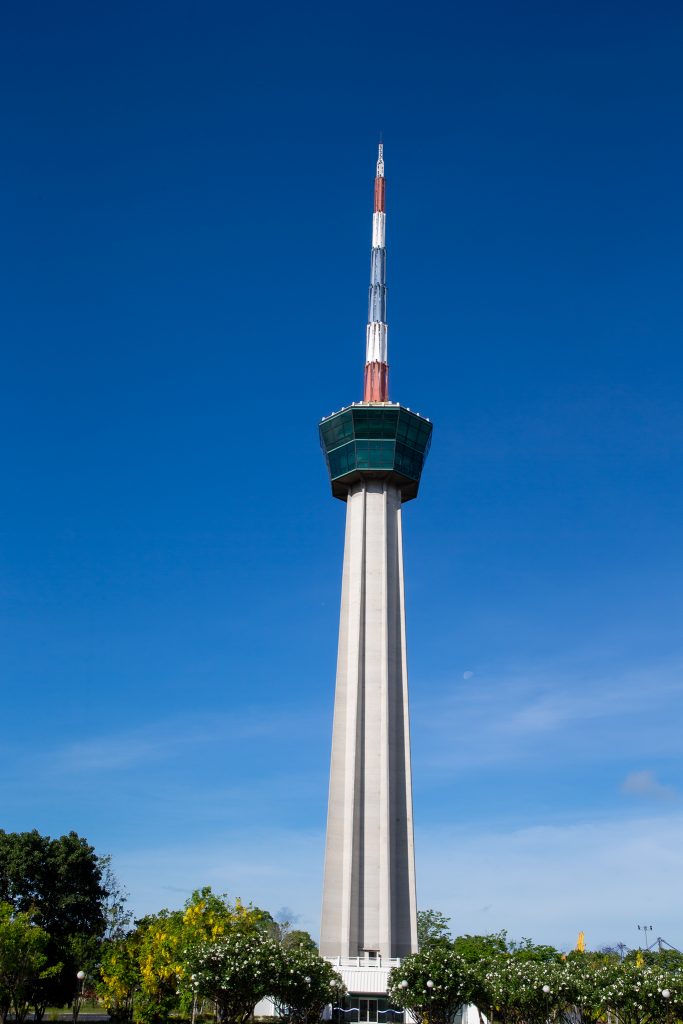
In meeting these standards, Thailand’s port infrastructure must be further developed, to ensuring that the country maintains adequate logistics capacity to compete in the global marketplace. An essential part of this goal is Laem Chabang Port’s Phase 3 development project to expand its capacity to meet the growing demand into the future.
Phase 3 Development Project includes constructing additional deep-water berths while upgrading other infrastructure to optimize traffic flow in and around the port.
This includes expanding the multimodal transportation systems needed to support container throughputs of up to 18 million TEUs per year.
Besides Laem Chabang Port’s Phase 3 Development Project, there are other projects such as enhancing Bangkok Port’s infrastructure and overall facilities. This includes the transformation of workflow, processes and efforts to improve multimodal-transport systems with the ambition of creating a seamless logistics chain throughout the country.
To encourage greater connectivity between BIMSTEC nations and Thailand’s Ranong Port, the Port Authority of Thailand plans further improvements to maintain this western gateway and to align with the government’s announcement of the Sustainable Southern Economic Corridor Development (SEC) Policy, PAT management expects to participate in the plan actively.
Equally crucial to port infrastructure is transmitting data or IT. The Port Authority of Thailand plans to develop a Port Community System (PCS), allowing for the smooth flow of information exchange between all parts of the supply chain, including relevant government agencies.
Having set a strong foundation for sustainable growth, the Port Authority of Thailand is steadily marching towards its vision ‘To be World Port with Excellent Logistics for Sustainable Growth in 2030.’
อัพเดตข่าวสารและบทความที่น่าสนใจในอุตสาหกรรมโลจิสติกส์ก่อนใคร ผ่าน Line Official Account @Logistics Mananger เพียงเพิ่มเราเป็นเพื่อน @Logistics Manager หรือคลิกที่นี่



